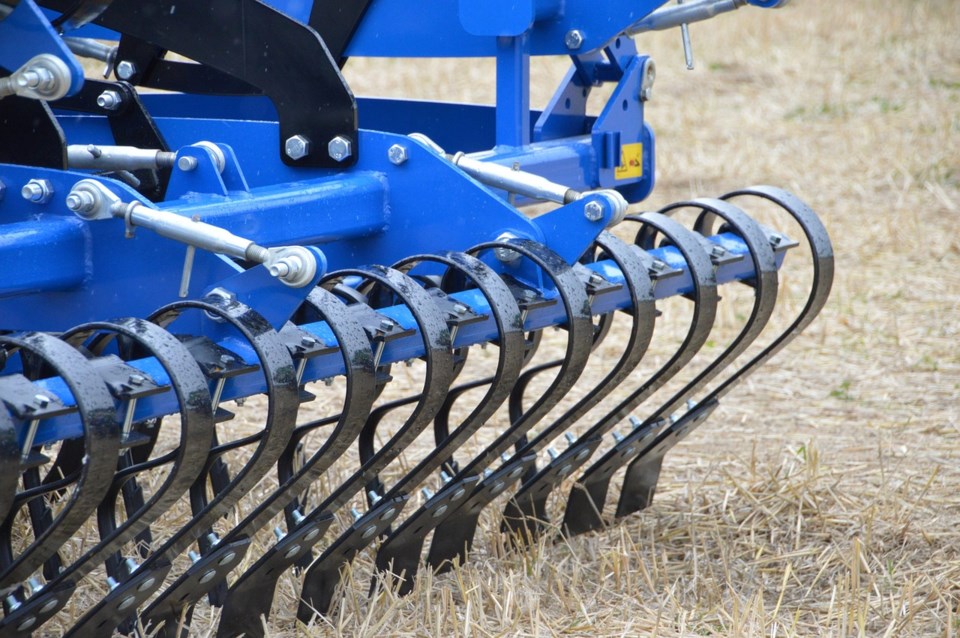Agricultural technology companies are receiving a $15 boost from the provincial government
Through Innovation Saskatchewan, funds will be invested in a privately-managed fund targeted exclusively at agtech companies that require venture capital to develop past the startup phase and scale up their business operations and manufacturing, the province annouced Aug. 13.
This investment will accelerate the province’s economic recovery from COVID-19 and build upon a record year for venture capital investment in Saskatchewan, the government said in a release. Deals worth $114 million were made in 2019, more than the previous five years combined, and most of those investments were made in Saskatchewan’s tech sector.
Innovation Saskatchewan will issue a Request for Proposal (RFP) in the coming weeks to begin exploring fund options with the private sector.
“Saskatchewan is rising to the challenge of feeding a growing world population and innovation in agriculture technology plays an important role in meeting that growing demand,” Agriculture Minister David Marit said in a release. “This investment will ensure producers have made-in-Saskatchewan technology that supports their efforts to grow high-quality, sustainable food.”
Tina Beaudry-Mellor, the minister responsible for Innovation Saskatchewan, said the intention is to combine the province’s investment with private equity to drive more agricultural investment. The idea is to provide something private equity fund managers can leverage into further investment.
“The litmus test will be areas where we’ll have obviously high growth potential,” she said by phone on Aug. 13.
“Mostly, I think it would be new concepts, but I think there's also the opportunity to have that investment go in areas where there's different models with new innovations attached to it that might be considered as well.”
She said some of the major trends are precision seeding and spraying, including the use of various forms of drone technology. And when it comes to drones, think beyond ones that fly. Autonomous machinery is another possibility – tractors and other equipment that drive themselves. “It's an exploding area,” she said.
Sensor technology, on machines and in-ground are other areas. Genomic research for climate-change resistant is another.
Beaudry-Mellor pointed out that a few weeks earlier, the Province announced $1 million for the Agtech Growth Fund, meant as seed funding for developing ideas and coming up with prototypes and field testing.
“This fund is really for the companies like that to take their proof of concept, and to grow it and to scale it and, hopefully, get to the point to be their merger and acquisition or an IPO and so this is the is the other side of that," she said.
“I think one of the things that we've learned through COVID is really the importance of the food supply chain, and also how really fragmented the whole agtech space is right now, which I think creates a really important opportunity for Saskatchewan, not just in terms of recovering our economy from COVID, but also number of our growth plan targets,” she said.
NDP reaction
NDP Agriculture Critic Yens Pedersen said in an emailed statement, “The NDP believes in the importance of research and innovation in the ag sector, and improving and building on opportunities for value adding is important for our provincial economy. We also believe in prudent financial management of government finances.
“Today’s announcement is fairly general, but it appears that this will benefit a limited number of people and companies. In contrast, the government has admitted that it would only cost the province $20 million to remove the reference margin limits from AgriStability, as many groups have called for. Removing the reference margin limits from AgriStability would have a broad impact and greatly improve the program at a time when producers are struggling after being hit with several adverse events over the past two years.”



